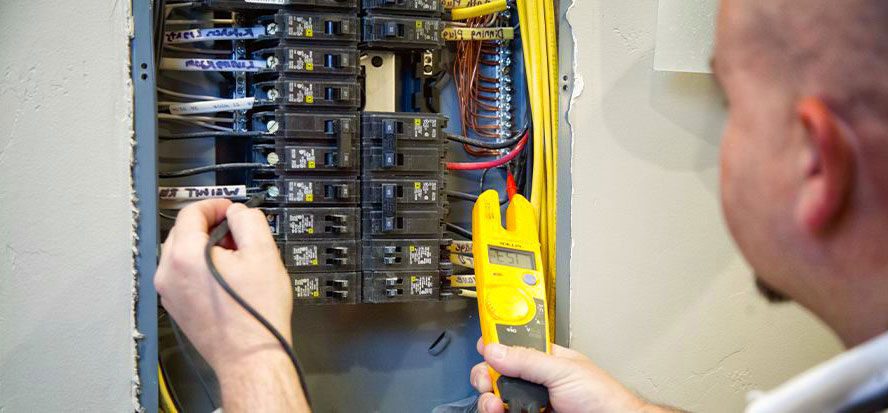EV owners have a couple of options to power up their rides. They can plug into a standard wall outlet, or they can upgrade to a Level 2 charger for faster charging. Each deserves careful consideration. Here’s what you need to know.
EV Charging With a Standard Outlet Takes Longer
Most electric vehicles come with a Level 1 EVSE, or electric vehicle supply equipment. It’s a specialized extension cord that includes a standard three-prong plug on one end and the vehicle connector on the other. This makes your car compatible with a household 120-volt, 15-amp outlet. Each hour of charging adds two to five miles of range. Owners of plug-in hybrid electric vehicles should find this sufficient. Leave it charging overnight, and you should have a full battery by morning. Depending on the EV model, you should be able to go 40 to 50 miles on a full charge.
However, Level 1 charging may test the patience of Chevy Bolt owners. It could take well over a day to charge an all-electric vehicle’s big battery.
Level 1 Charging May Require a Dedicated Circuit
Be sure that the receptacle you plug your EV into is on a dedicated branch circuit. In other words, the circuit isn’t also supplying power to any major appliances. You don’t want to discover that your car didn’t charge because a breaker tripped in the middle of the night, so consider having a dedicated circuit installed.
Level 2 Charges Faster, Requires Electrical Upgrade
You’ll need a Level 2 charging station if you want to charge up your vehicle in half the time. Level 2 charging uses 240-volt power, the same as your major appliances. You’ll need special charging equipment and maybe even a larger electrical panel to accommodate the added power demand. For the driver who can’t wait overnight to go long distances on a single charge, Level 2 is the way to go.
For all of your electrical needs, turn to the experts at HedgeHog Electric. Call (866) 605-2113 to schedule your appointment.


